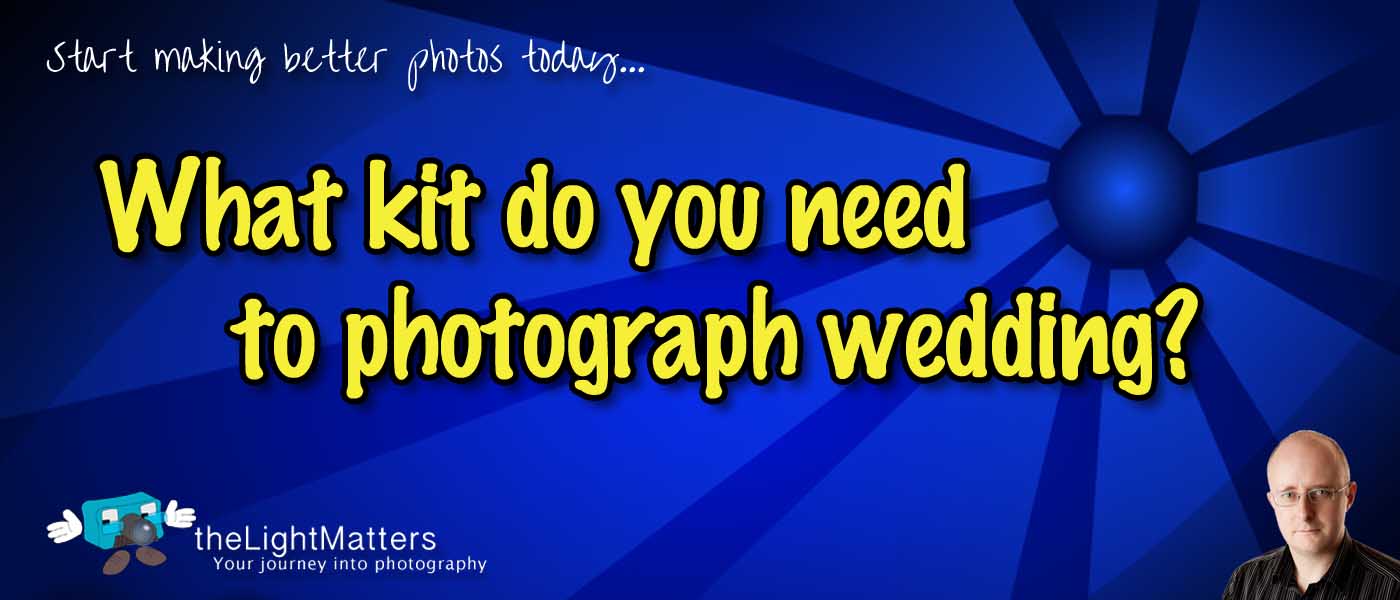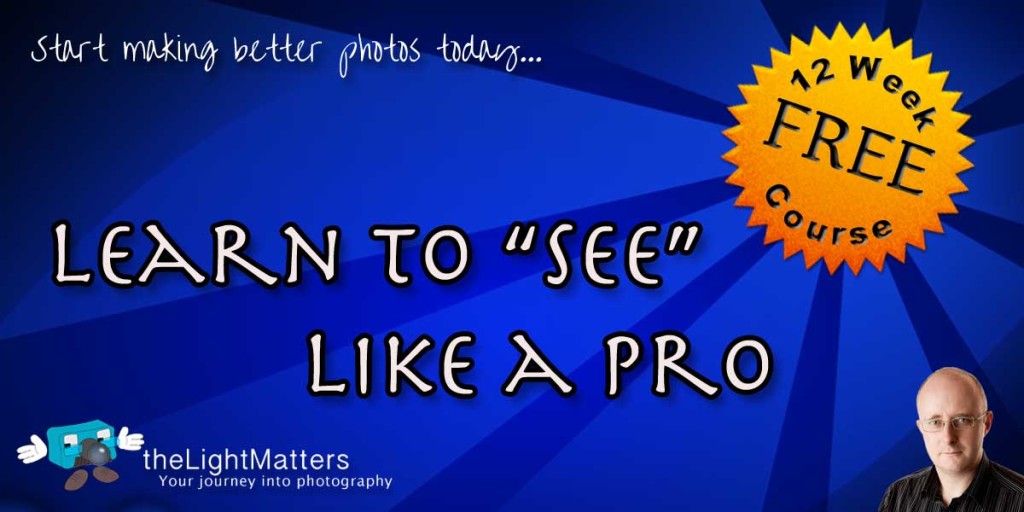
What equipment do I need to photograph weddings?
Photographing weddings is easy. Don’t be put off by the illusion of stress on the wedding day because it’s just that, an illusion. The secret is having a plan and having the right equipment to do the job. In this post, we’re going to talk about equipment. (If you’d like to talk about planning the day to make it stress-free, leave a comment and let me know).
OK, so what do you need?
This list is what I believe to be the absolute minimum. Can you do it with less? Of course you can, you can make do with just one camera and lens if you really want to but should anything go wrong and you’re there in a professional capacity I dread to think what the outcome will be like…
Must have camera equipment to photograph a wedding
TWO cameras — because if you only have one and you drop it, you’re no longer a photographer!!! My preference is to have two identical cameras so it’s seamless to move between them. All the controls will be the same and in the same position. Your life will be significantly easier and a lot less stressful that way.
Having a pair of cameras means you won’t need to change lenses anything like as often. It’ll help prevent muck getting into the camera and reduce the wear and tear on the mounts. It can literally save you hours on the day too – think about it, how long does it take you to change a lens?
Medium zoom — my preference is a 70-200 f/2.8. Being f/2.8 means it’s fast enough to handle low light indoors without the use of flash. That’s super important as flash is banned during the ceremony as it’s too intrusive (personally I think it’s more down to the vicar being blinded by the flash and subsequently unable to read the words on the card). The focal length means you can work from further away. This is super important during the ceremony as some Vicars and registrars won’t let you anywhere near the couple making it much harder to get those intimate shots, especially the ring exchange.
Short zoom — The favourite here is the 24-70 f/2.8 lens. Again, fast enough to work in bad/poor light and wide enough to capture the entire scene. A compromise would be the 24-105 f/4. It’s a solid work horse that makes great images, the disadvantage being it’s only f/4 and not f/2.8
Super wide lens (optional) — I use this for one shot only: to get the whole congregation in as the couple walk down the aisle at the end of the ceremony. For this shot I have the camera up high on a monopod, prefocused and use a cable release. You have to be very quick though!
Close-up filter/Extension tubes/Multipliers (optional) — My preference here is for extension tubes as they don’t degrade the image nearly as much as a filter does (extension tubes are like spacers that fit between the lens and body, they don’t have any glass, just fresh air so have very little degradation on the image). Multipliers work really well too but can degrade the final image unless you invest in a quality item making them far more expensive than extension tubes.
Spare memory cards — When you spend an entire day photographing a wedding, you’re going to make a lot of images. 1,500 to 2,000 isn’t uncommon, maybe even more. Make sure you have more than enough cards available on the day to handle the volume and then a few more besides.
Pro Tip – Every time you pull a card from the camera, put it in it’s case and lock it away. Never put it back in until you’ve downloaded the images just in case you accidentally erase them!
Spare Batteries — Every single piece of battery powered kit you have (apart from your phone as it’ll be switched off) needs at least one spare battery. Camera, flash, torches, light meter, radio triggers, the whole shebang. Everything. You may have a chance to recharge the camera batteries during the wedding breakfast if you’re lucky but that’s a bonus if you do. Plan for the worst case: you only have as much battery power as you bring with you.
Laptop, portable disk drive and card reader — Absolutely vital to the success of your wedding shoot. Whilst the happy couple and their guests are busy enjoying the wedding breakfast I’m using the time to download the images from the first half of the day to the laptop and making a duplicate copy on the portable disk. Then I lock the used cards in the car. That way when I leave the wedding, I have the luxury of knowing that I have at least three copies of the wedding photos form the morning: flash card, laptop, portable drive. The couple’s images are safe.
Monopod — Much faster than a tripod and lighter too. It’s perfect for indoor, low light conditions like the ceremony and wedding breakfast that yield slow shutter speeds even at high ISO.
Cable release — Use with the monopod and super wide lens at the end of the ceremony to photograph the entire congregation.
Flash — Personally, I hate using flash at a wedding and there are only a few situations where I’ll consider using it. Fill during harsh sunlight, twilight portraits, reception party. If you’re going to use it, get if off the camera. On camera flash really sucks, it’s far too harsh and in completely the wrong place to make a great image.
Radio triggers (optional) — to get the flash off camera
Brolly (optional) — to take the harshness out of the flash
Lightstands (optional) — to hold the flash, trigger and brolly – yes I am serious!!!
Reflector — Collapsable tri-grip as opposed to the 5-in-1 type so I don’t worry about losing anything
Colour Checker — To help balance the colours across multiple lighting environments.
Spare shirt — In the height of summer you can get very hot and sweaty. A spare shirt allows a quick freshen up whilst the guests are eating. Nobody likes a smelly photographer!!!
Water — It will be a long, hot day. You’re on your feet all day. You need to stay hydrated.
Lens cloths/pens/blowers — So obvious it’s often overlooked.
That’s about it. Is there anything I’ve missed off the list?


